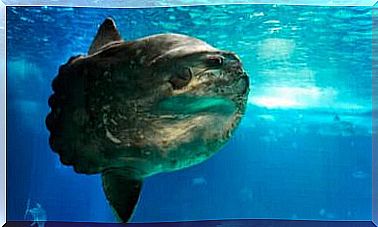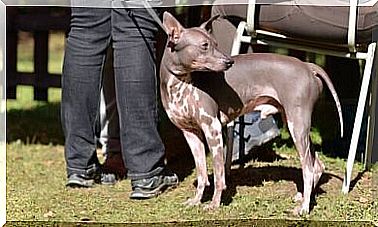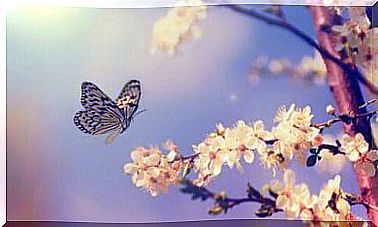An Eagle Does Not Abandon Its Nest During A Storm
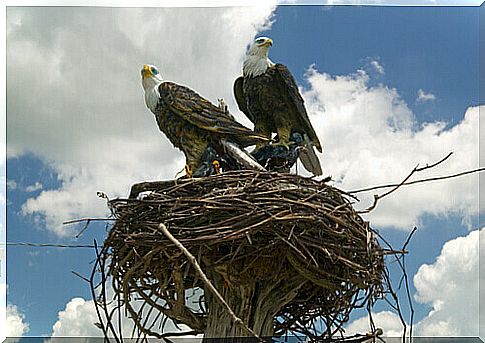
Some images have become known recently for showing how an eagle does not abandon its nest despite a heavy snowfall.
The images were captured in Hanover, in the US state of Pennsylvania and generated admiration for the firmness with which the animal remained taking care of its eggs, regardless of adverse weather conditions.
A wonderful story: the eagle does not leave its nest, although covered with snow
The bird in question is the American bald eagle which, although it was completely covered in snow, only moved to remove the snow and continue with its task of protecting and hatching its eggs.
The truth is that these animals are prepared to survive in unfavorable weather conditions and low temperatures.
However, the cameras did not capture that she does not do this task alone, but alternates it with her partner.
the eagle’s nest
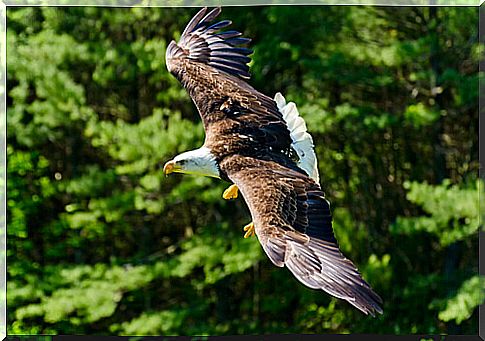
These monogamous birds only look for another mate due to the death, disappearance or poor reproduction of the mate, they choose a permanent nesting site. They usually nest on top of tall, strong trees.
However, they can also nest on cliff walls, or even on the ground.
The nests that they build also build in pairs and are truly imposing. The largest nest on record was three meters wide and six meters high, weighing more than two tons.
To pad it, eagles use feathers, mosses, herbs and branches. And, as they use the same nest year after year, they add materials as well as remove them, to provide a comfortable place for the new baby eagles.
If, for any reason, the nest is destroyed or removed, they build another one nearby.
an exemplary partner
Females lay one to three eggs each spring, which are hatched by both parents.
The chicks are born after 35 days and care will also be distributed among the members of the couple, until the young eagle reaches 12 weeks and is able to defend itself.
However, the mortality rate is high. Only half of the eagles will survive the first year of life. But those who do, can live up to 50 years in the free state and up to 60 years if they are in captivity.
Other features of the bald eagle:
These magnificent animals, recognized by their white feathers on their tail and head – which is not bald – are only surpassed in size by the American condor, among the birds that inhabit North America.
Other features are:
- They have a large yellow beak, as well as their legs and eyes.
- They live near water and away from areas that have human activity.
- They use their claws to fish.
- They hunt small mammals.
- They feed on carrion or steal prey from other animals.
on the brink of extinction
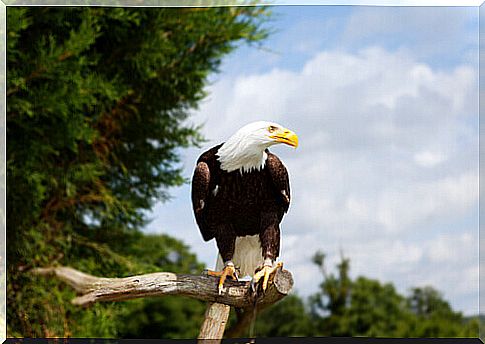
Despite being a national symbol of the United States of America and appearing on most official shields, these birds were on the brink of extinction until not too long ago.
Some of the causes of its near disappearance were:
- Hunting for sport;
- Persecution to “protect” fishing grounds;
- Pesticides.
The use of the insecticide DDT, for example, has wreaked havoc among eagles and other birds that have fish as a major part of their diet. This poison limits the ability of these animals to reproduce by weakening the shells of their eggs.
a brighter gift
Since 1972, when the use of DDT was restricted, a resurgence of US eagles began. This has also contributed to some reintroduction programs.
However, although the population of these birds has increased in much of the United States, they are more abundant in Alaska and Canada.
In addition, there are specimens in northern Mexico and the island of Puerto Rico.
Examples to follow
Perhaps humans should learn a lot from these animals, for example, protecting their young and also sharing the work and care.
And, remember that an eagle does not abandon its nest despite an impressive snowstorm. This should serve as an example for us not to be discouraged in adverse situations that life can present us while raising our children.
